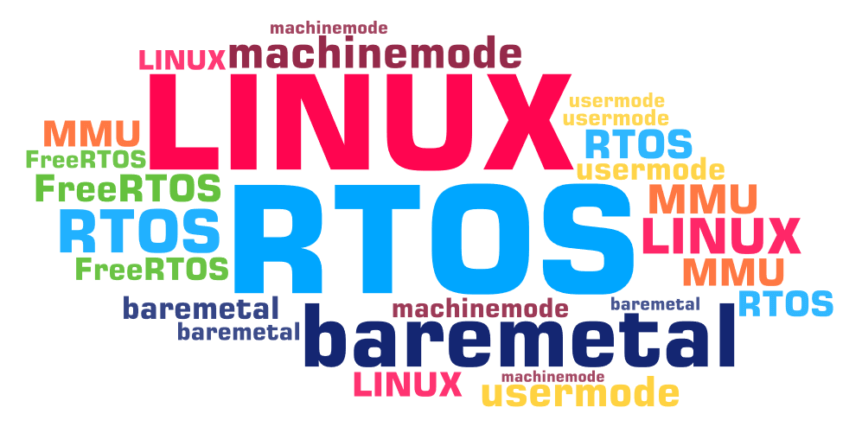
This blog was originally published on the Codasip blog. For each embedded product, software developers need to consider whether they need an operating system; and if so, what type of an OS. Operating systems vary considerably, from real-time operating systems with a very small memory footprint to general-purpose OSes such as Linux with a rich set of features. Choosing a proper type of operating system for your product – and consequently working out the required features of the embedded processor – depends significantly on whether you face a hard real-time requirement. Safety-critical and industrial systems such as an anti-lock braking system or motor control will have hard maximum response times. At the other end of the spectrum, consumer systems such as audio or gaming devices may be able to tolerate buffering, as long as the average performance is adequate. Such systems are said to have soft real-time requirements.



